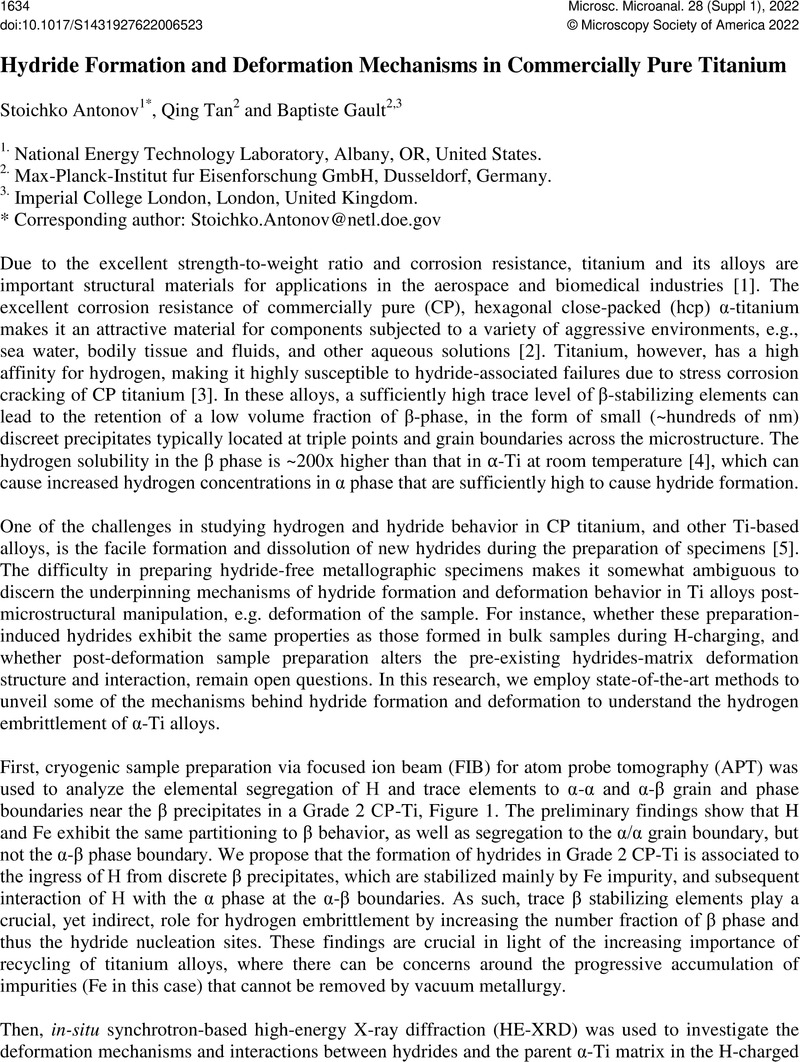BG and QT are grateful for financial support from the EPSRC (under grant number EP/T01041X/1) and the ERC-CoG-SHINE-771602. The use of the Advanced Photon Source was supported by the US Department of Energy, Office of Science, Office of Basic Energy Sciences, under Contract No. DE-AC02- 06CH11357.
Google Scholar